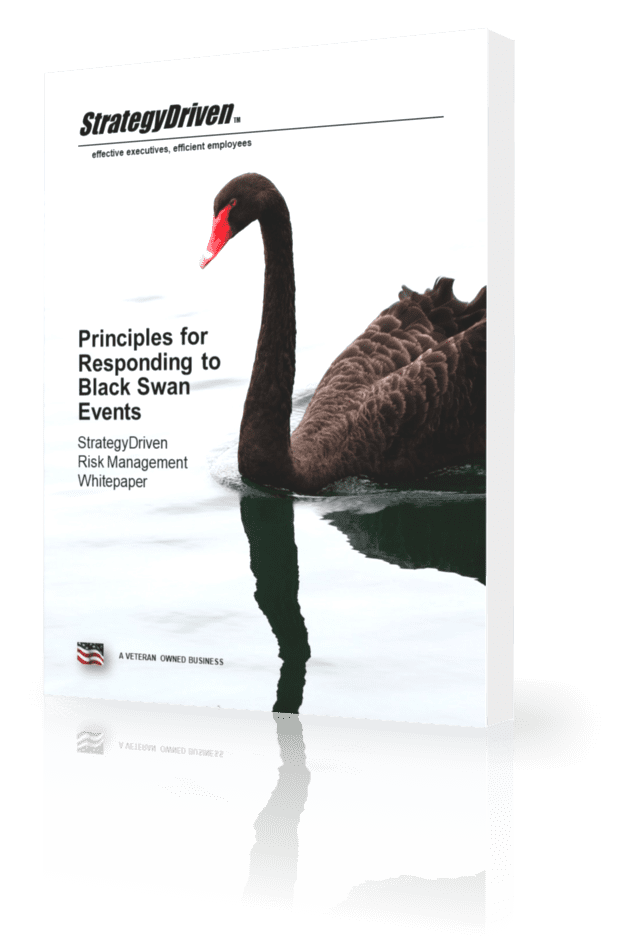Golden Rules for Dealing with Asian Businesses, part 1 of 3
Today, more Americans than ever are doing business in China, Japan, Korea and other parts of Asia. Below is advice explaining what Western business people need to know about national traits and customs in those countries if they want to succeed.
1. Speech is to promote harmony
In the West the primary purpose of speech is to exchange information. In Asian cultures, what is actually said is of less importance than how and when it is said and who says it. Platitudes are trotted out in profusion in Japan; flattery is also included. Westerners consider it as time wasting and pointless; in the Asian view, the longer this harmonious exchange is maintained, the more likely it is that successful business will ensue.
Hi there! This article is available for free. Login or register as a StrategyDriven Personal Business Advisor Self-Guided Client by:
Subscribing to the Self Guided Program - It's Free!
About the Authors














Leave a Reply
Want to join the discussion?Feel free to contribute!